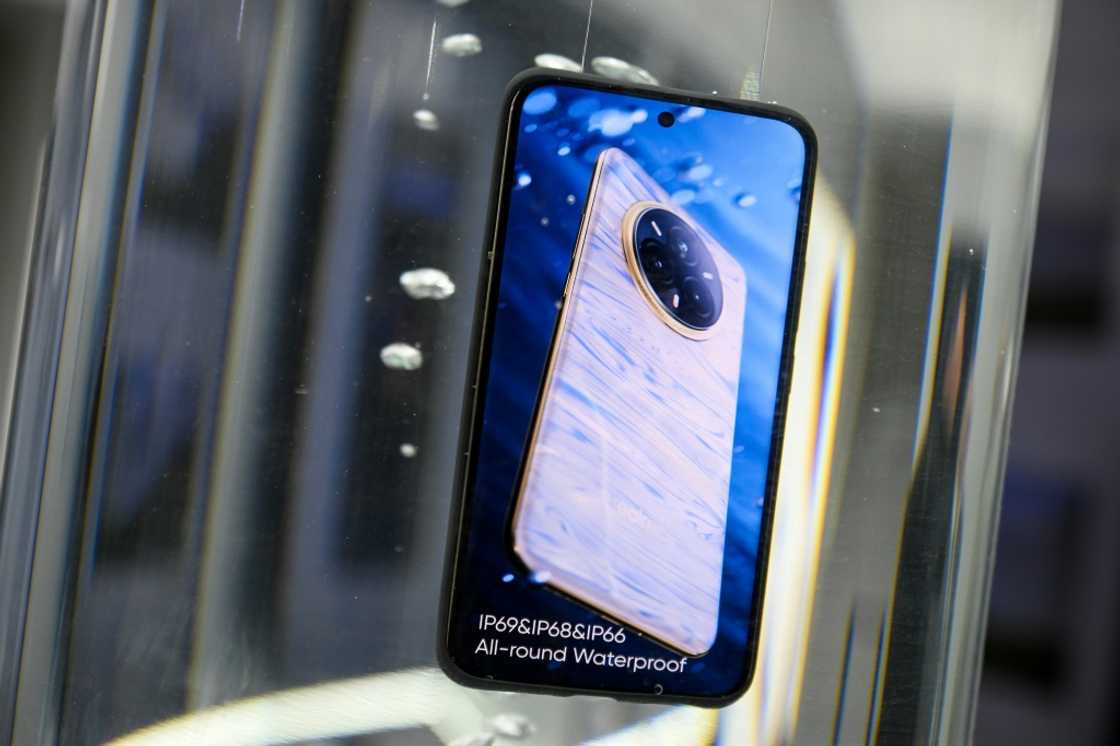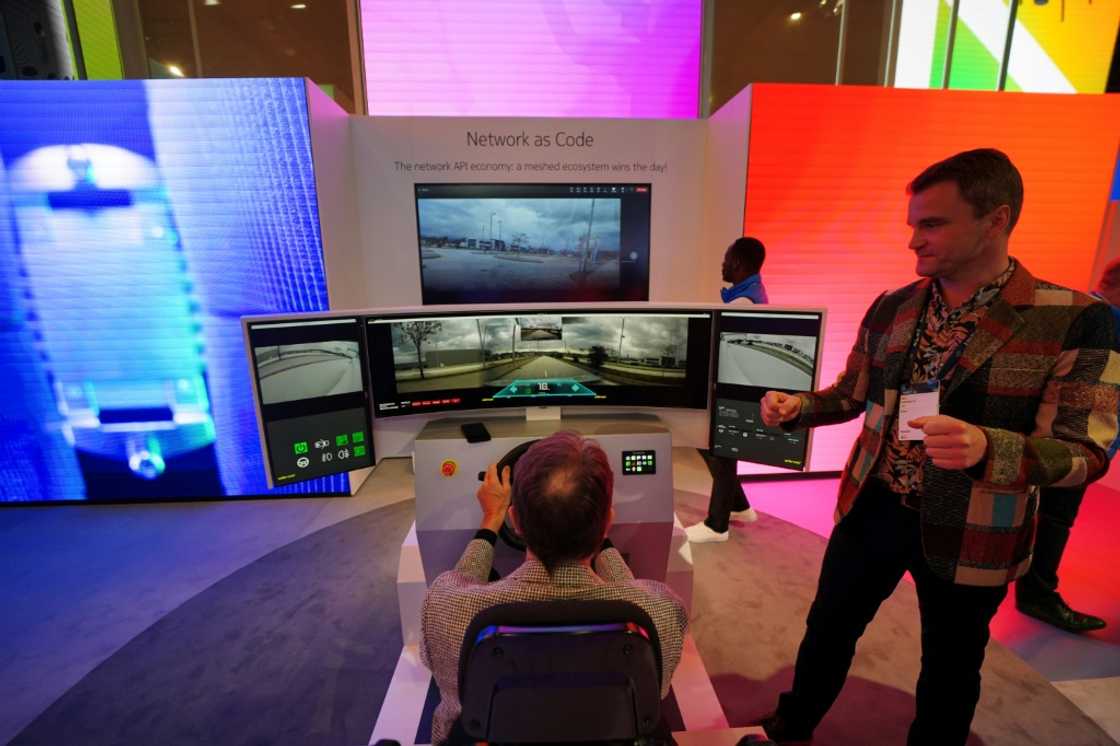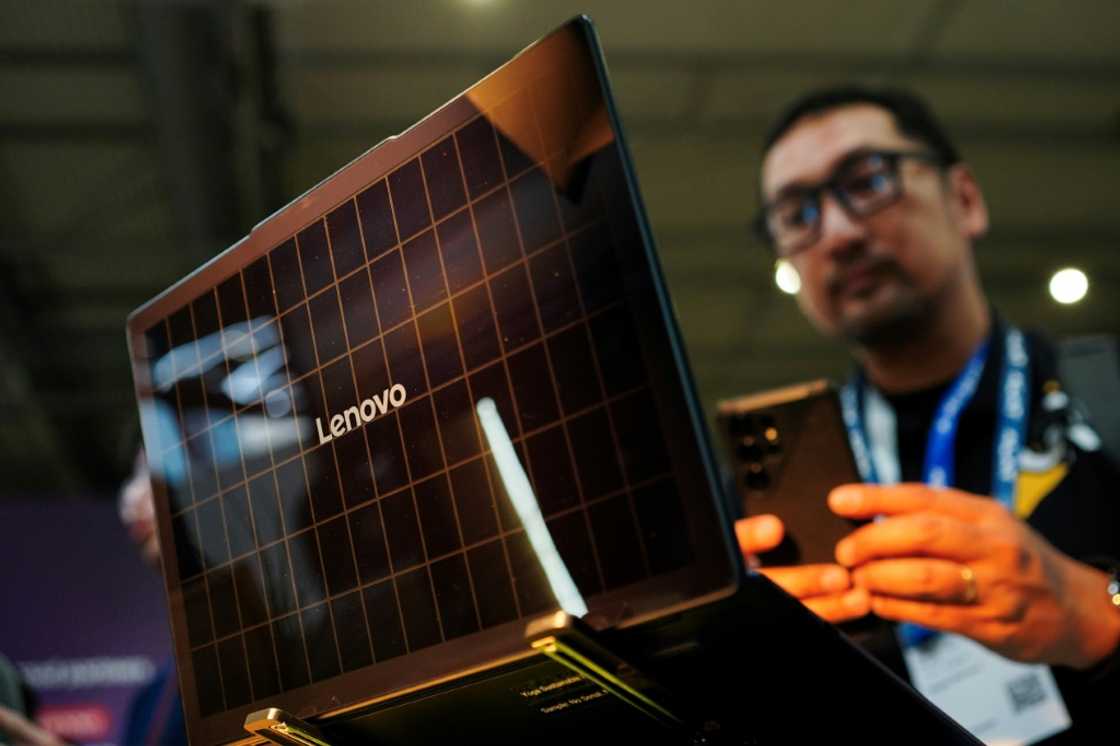

The Mobile World Congress in Barcelona, being the globe’s premier event for wireless technology, gathers numerous manufacturers who display their most recent devices and innovations.
This year’s exhibits aim to impress attendees with incredibly lifelike human-like robots, phones that change color, intelligent contact lenses, and much more.
'Ambient audio' in phone conversations
Mobile equipment builder Nokia and operator Vodafone say their "3D spatial sound" will offer users "truly immersive audio" on phone calls, with the person on the line sounding as if they are in the same room.
While present calls utilize just one audio channel to convey the voice, the advanced system enables sounds to appear as though they are coming from various directions.
Labeled as "Immersive video and audio services" (IVAS), this technology necessitates smartphones equipped with dual microphones.
This, coupled with the requirement for a speedy 5G network, suggests that the technology might take multiple years before it becomes widely available to most consumers.
High-fidelity robot
Dressed in a black gown, a red jacket, with long brown hair flowing down her back, the ultra-realistic humanoid robot Amira is showcased by the Emirati telecommunications company Etisalat.

Although Amira replicates human characteristics with great precision, her motions still appear noticeably sluggish and disjointed.
Elliott White from Engineered Arts, one of the robot's developers, mentioned that the machine can be linked to any generative AI "large language model," enabling it to interact with humans.
Remote driving

At MWC, numerous connected vehicles could be found on display, yet attendees had the opportunity to remotely operate a car located 3,000 kilometers away in Finland from the GSMA congress organizer’s booth.
The configuration — simply consisting of a wheel along with several monitors — was developed by the Estonian company Elmo. They have equipped the vehicles with a specialized control system as well as numerous cameras, working together with Nokia.
Chameleonic smartphone
Chinese manufacturer Realme has developed a smartphone that changes colour as the outside temperature shifts.
The 14 Pro series' body has a texture resembling a seashell and incorporates thermochromic pigments that change color to blue below 16 degrees Celsius (61°F) or turn white as temperatures rise.
The company behind the smartphone acknowledges that this merely ornamental feature won't be popular for long.
"Due to regular usage, the temperature-dependent chromatic feature will eventually diminish over time," according to Realme.
Smart contact lenses
The Dubai-startup Xpanceo plans to integrate advanced functionalities such as an "enhanced reality" screen, health tracking, and wireless charging capabilities into a bendable contact lens.
Demonstrator models at their stand show off proofs of concept for each of the capabilities that co-founder Roman Axelrod says they want to pack into a single prototype device "by the end of 2026".
For now the devices are relatively clunky, with a large metal coil needed to receive the wireless power to light up a single pixel on one demonstration lens.
Those components would be miniaturised using "two-dimensional materials... only one atom thick," Axelrod said.
"That is the scientific know-how that differentiates us".
Solar-powered laptop
Chinese PC builder Lenovo has built solar panels into the lid of its Yoga Solar laptop to extend battery life.
Its 84 solar cells are able to feed power into the device even when not exposed to direct sunlight, Lenovo says.

The laptops will include a power management system designed to regulate the activation of the solar panel.
Lenovo stated that this innovation enables the solar panel to capture sufficient direct sunlight within 20 minutes, which can then be used to support up to an hour of video playback on a PC.
"Cat Eye" for detecting cataracts
Spanish mobile operator Telefonica has joined forces with startup Edgendria Innovacion to build its "Cat Eye" tool.
Individuals can perform an eye examination on their own to assess if they have a cataract severe enough to necessitate surgery.
An image of each eye taken with a basic photograph is processed using an AI-driven system for disease detection.
As stated by Telefonica, this implies that doctors can "assign specific duties to their support staff to ensure timely interventions, thereby optimizing their own time."

Our website uses cookies to improve your experience. Learn more